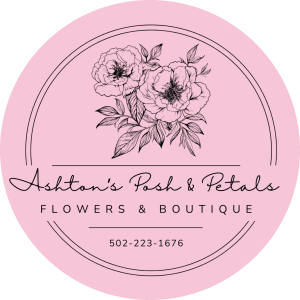What Flowers Are Toxic to Cats List & Symptoms
Know what flowers are toxic to cats, common signs of poisoning, and vet-approved ways to protect your furry friend at home.
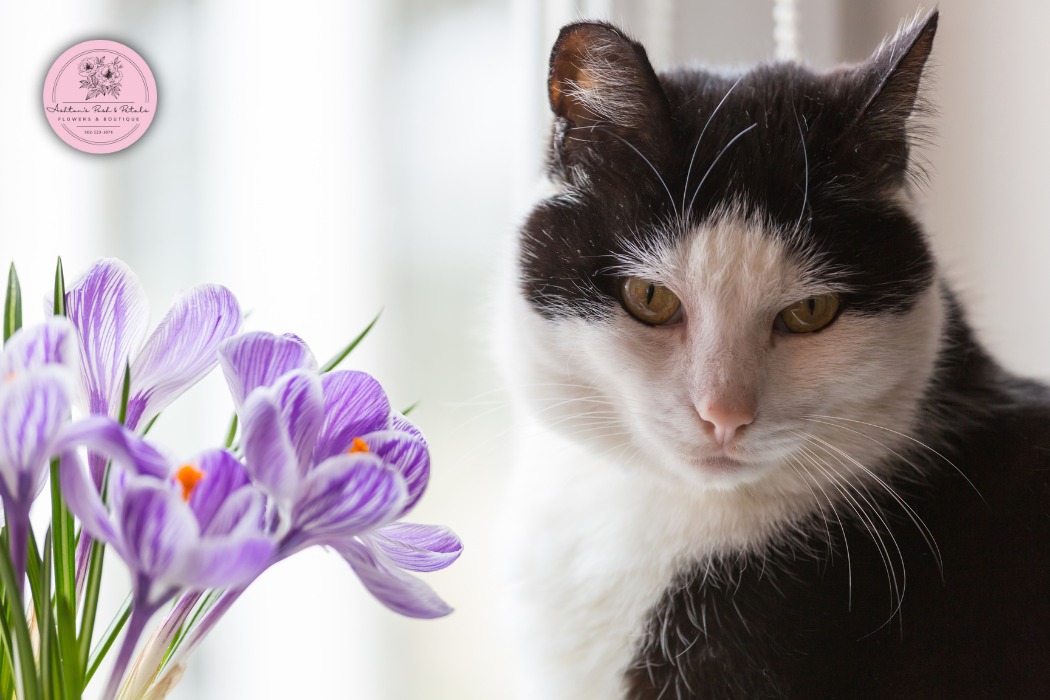
What Flowers Are Toxic To Cats
Cats are very interested in sniffing. They like to rub the items in the garden and house, chew, and sniff. Flowers add beauty to our homes and life to our gardens. However, some domestic plants and flowers can be harmful to cats. They may become ill from eating a leaf, sucking pollen from fur, or a small bite.
Sometimes the problem is minor, and the cat quickly recovers. In other cases, the plant will cause your cat to become very sick or may die. In this article, I'll list the most harmful plants for cats, describe their appearance, explain how they harm cats, list common signs to watch out for, and offer quick, easy ways to keep your cat safe.
Additionally, I'll suggest safer plant alternatives so you don't have to completely give up greenery. My goal is to provide the information in a way that is simple to understand and use so that you can start helping your cat right away. In order to protect themselves from insects and other threats, plants have a variety of compounds. Let’s explore what plants are harmful to cats:
Why Some Plants Hurt Cats
These chemicals may affect the heart, liver, kidneys, or nervous system, or they may be lesser allergens that cause oral discomfort and diarrhea. Certain plants affect the entire body with even a little taste, while others simply irritate the area where a cat bites on a leaf. Humans, dogs, and birds will all react differently to the same plant. Certain species are more at risk from cats because they also lick themselves, which spreads pollen or plant sap from their coat to their mouth.
Lilies are a good example of the fact that cats can have acute kidney damage with just a tiny bit of pollen or water from a flower. For this reason, some animal welfare organizations advise against bringing lilies into a home where cats live. Drooling, pawing at the mouth, or swelling of the lips and mouth are signs that your cat has eaten an unwanted flowering plant.
How to Judge If a Cat Eats Poisonous Plants
Diarrhea and vomiting are common. The cat may refuse food or appear weak and lifeless. Certain plants cause trembling, convulsions, fast breathing, irregular heartbeats, or trouble walking. Other toxic plants cause problems with the liver or kidneys, and the symptoms might not show up right away.
It's recommended to contact your veterinarian or an animal poison helpline right away if you think your cat may have consumed a dangerous plant. To help the doctor identify the plant, try to save a sample or possibly a photo of it. Unless advised to do so by a doctor, do not force the cat to vomit.
The Most Dangerous Plants: Details with Symptoms
The plants that are most commonly linked to cat poisonings are described below. I explain the appearance of each plant, the reasons it is harmful to cats, the common symptoms you will see, and when they appear. Let’s discuss what house plants are toxic to cats:
1. Lilies (Lilium spp. and Hemerocallis spp.)
Lilies are quite popular because of their big, attractive blossoms. But they are dangerous, so what to do if cat eats lily is important to discuss here. Easter lilies, Asiatic lilies, Oriental lilies, daylilies, and tiger lilies are just a few of the many varieties of lilies. Certain lilies are harmful in their whole plant, but the pollen is especially dangerous because it can stick to a cat's fur and be consumed when grooming. Certain lilies can cause acute and quick kidney failure in cats, even in small doses.
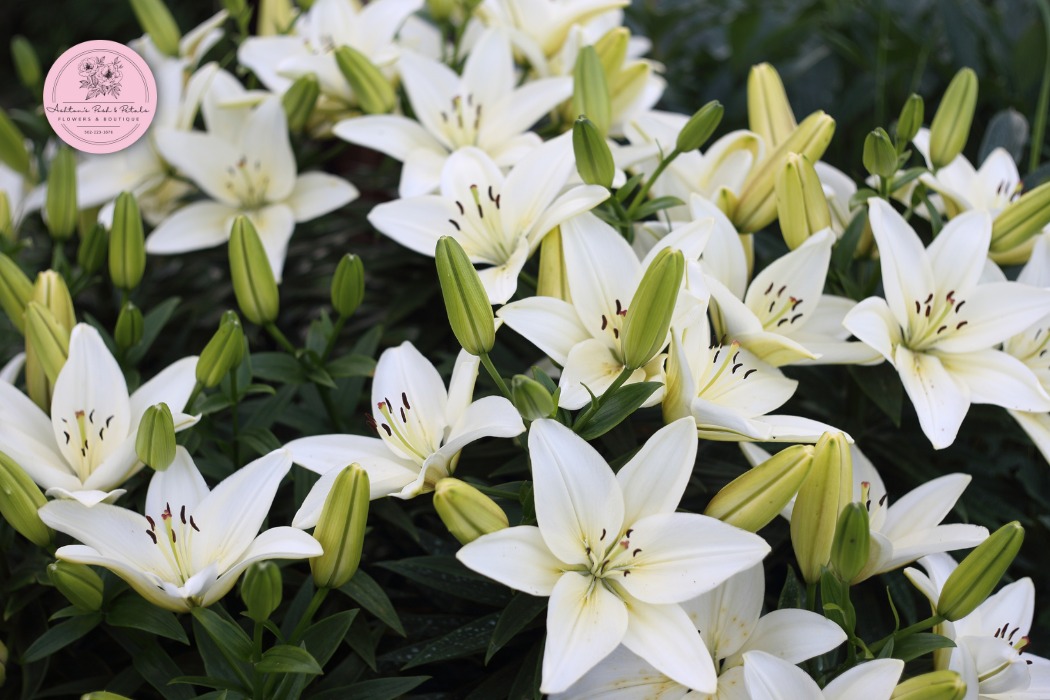
Within a few hours, the initial symptoms typically include tiredness, vomiting, and appetite loss. Within two days, kidney damage becomes acute if treatment is not received. Given the high risk, the majority of experts advise against giving lily-themed flowers as gifts and advise against keeping lilies in any home with cats. Immediately seek veterinary care if a cat comes into contact with a lily or has any contact at all. Daffodils are spring bulbs with trumpet-shaped blossoms.
2. Daffodils (Narcissus spp.)
Daffodils are spring bulbs with trumpet-shaped flowers. The bulb of the daffodil is the most toxic part. Cats that chew bulbs or leaves may drool, vomit, and have diarrhea. In large amounts, the toxins in daffodils can trigger weakness, low blood pressure, and irregular heartbeats. Because bulbs are often planted in soil where cats may dig, gardeners should take care when planting daffodils in areas where outdoor cats roam. If you have indoor bouquets with daffodils, keep them well away from pets and dispose of fallen petals and water from vases quickly.
3. Tulips and Hyacinths
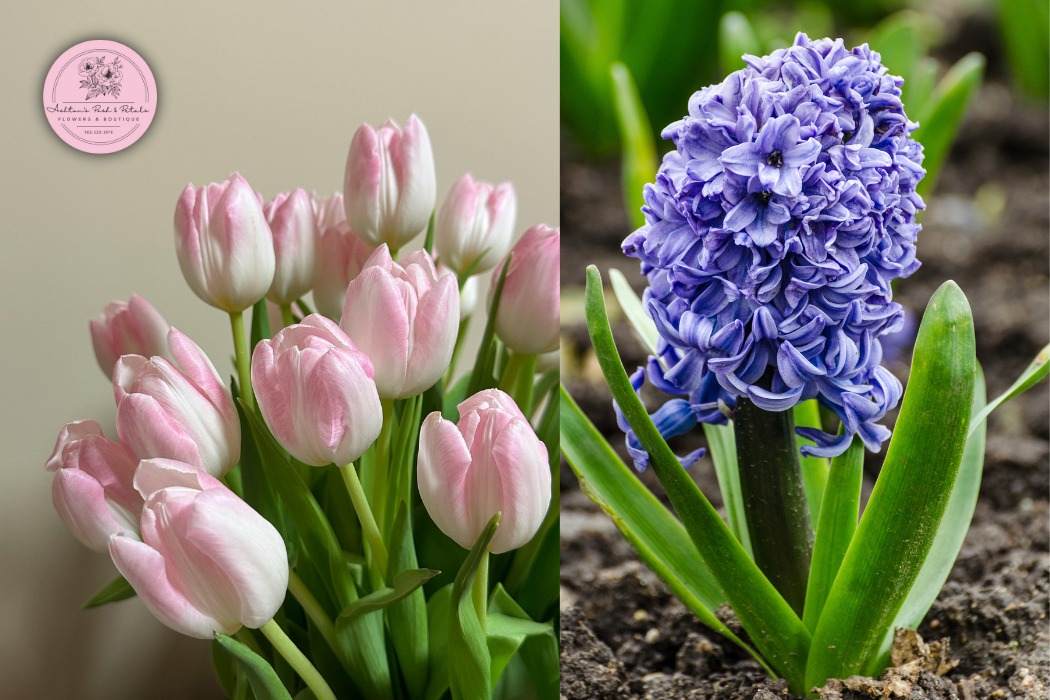
Tulips and hyacinths are also spring bulbs. Much like daffodils, the highest concentration of toxin is in the bulb, though leaves and flowers can irritate the mouth and stomach if chewed. Signs usually include drooling, vomiting, and diarrhea. In severe cases, the toxins can affect the heart and breathing, especially if a large amount is ingested. If you have these bulbs in pots or as cut flowers, supervise your cat or keep the plants out of reach.
4. Sago palm (Cycas revoluta)
Sago palm is a common ornamental plant with a round crown of stiff fronds. Every part of the sago palm is poisonous, but the seeds (often called nuts) are the most dangerous. Ingestion can cause vomiting and diarrhea at first, but it quickly progresses to liver failure. Sago palm poisoning has a high death rate in pets, so it is one of the plants veterinarians warn about the most. If you suspect your cat has eaten any part of a sago palm, go to the vet immediately. Even small amounts can lead to serious illness.
5. Oleander (Nerium oleander)
Oleander is a shrub with pink, white, or red flowers. Every part of this plant is extremely toxic because it contains strong compounds that affect the heart. If a cat eats oleander, it may show drooling, vomiting, diarrhea, slow or irregular heartbeat, and collapse. Because oleander affects the heart, signs can be very serious, and immediate veterinary care is required. Do not let cats have access to oleander trimmings or fallen leaves.
6. Azaleas and Rhododendrons
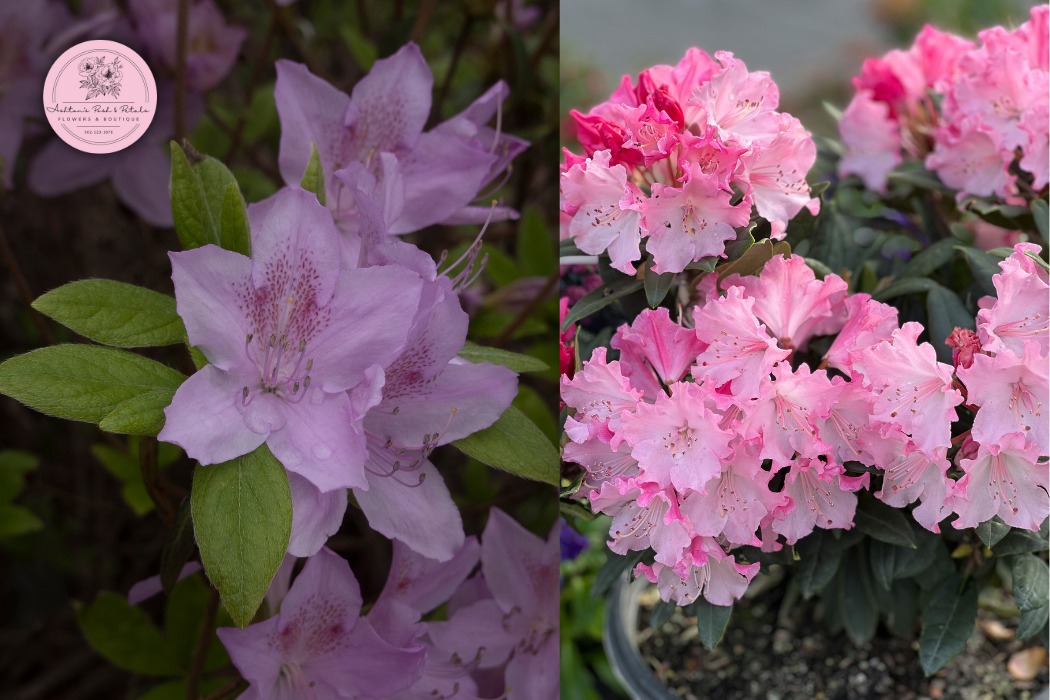
Azaleas and rhododendrons are very common garden shrubs with colorful clusters of flowers. They contain substances that can affect the heart and nervous system. Eating even a small amount may cause vomiting, diarrhea, drooling, weakness, and sometimes heart problems or collapse. Because these shrubs are often planted in yards and parks, supervise outdoor cats and remove or fence off these plants if you can.
7. Cyclamen
Cyclamen is a houseplant or bedding plant with attractive upswept petals. The highest toxicity is in the tuber under the soil. If a cat chews the tuber or a large amount of the plant, it may have severe vomiting, drooling, and heart rhythm changes. Even though many people keep cyclamen for its pretty flowers, it is safer to avoid this plant in a cat household.
8. Kalanchoe and Jade plant
Kalanchoe and jade plants are popular succulents kept indoors. They contain compounds that can upset the stomach and, in larger amounts, may affect the heart. You may see vomiting, diarrhea, and abnormal heart rhythms. Because these plants are often in small pots and easy for a cat to reach, consider replacing them with truly non-toxic succulents if your cat is a chewer.
9. Dieffenbachia and Other Aroids (Philodendron, Monstera, Pothos)
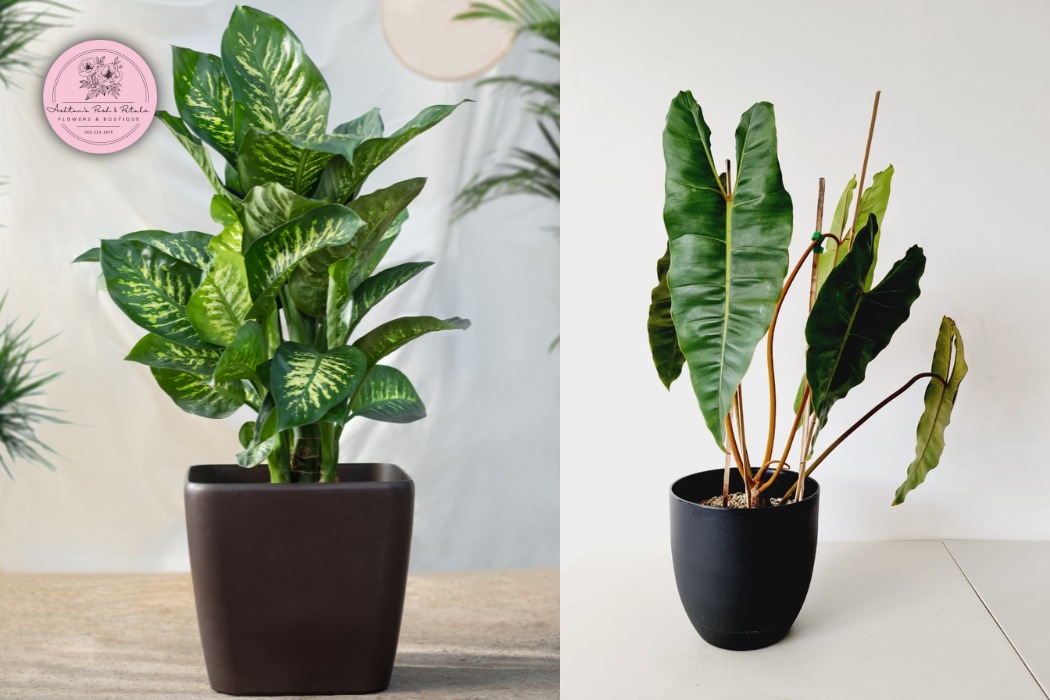
Dieffenbachia, philodendron, pothos, monstera, and other members of the arum family carry needle-like crystals called calcium oxalate. When chewed, these crystals cause immediate burning and swelling of the mouth and throat, lots of drooling, and difficulty swallowing. The cat may paw at its mouth and refuse to eat for a while. Most cases are painful but not life-threatening if treated quickly, though severe swelling that blocks the airway is a medical emergency. These are very common houseplants, so it is important to know that many of them cause strong oral irritation.
10. Aloe vera
Aloe vera is famous as a skin-soothing plant for people, but it can make cats sick. The gel and sap contain substances that cause vomiting and diarrhea in cats. In some cases, the cat may become lethargic and lose appetite. Because many people keep an aloe pot for home remedies, keep it well out of reach of pets, and wash your hands after using the gel. If your cat licks the gel from your hands, watch for digestive upset.
11. Chrysanthemums and Marigolds
Chrysanthemums and marigolds are popular bedding plants and cut flowers. They can cause drooling, vomiting, and diarrhea in cats. Some cats may be sensitive and show skin irritation after contact. Signs usually appear soon after ingestion and are often mild, but a vet should be contacted if symptoms are severe or ongoing.
12. Hyacinth and Iris
Hyacinths and irises are bulb flowers with a strong fragrance. Bulbs are the most toxic part and can cause vomiting, drooling, and diarrhea. In some cases, the toxins can affect the heart or nervous system. Keep bulbs stored safely and remove any fallen pieces from the garden to prevent curious cats from chewing them.
13. English Ivy
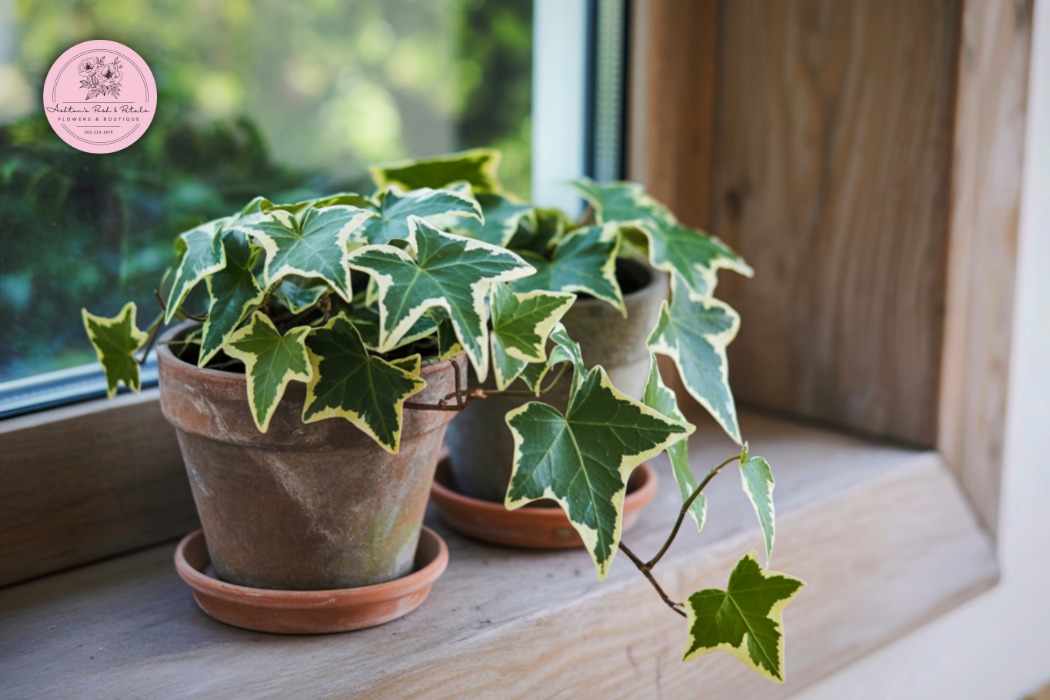
English ivy is a trailing houseplant or outdoor climber. Many varieties are mildly to moderately toxic. Chewing leaves can cause drooling, vomiting, abdominal pain, and diarrhea. Larger ingestions can cause more pronounced signs, while skin contact with some ivy types can cause mild irritation. If you grow ivy indoors, keep it out of reach or choose a non-toxic trailing plant instead.
14. Tulips and Calla Lilies
Calla lilies (Zantedeschia) and true lilies are different, but both can cause mouth and stomach irritation. True lilies are especially dangerous, as discussed earlier. Tulips’ toxins are most concentrated in the bulb. Chewing any part of these plants can cause drooling, vomiting, and diarrhea. Gardeners and florists should be careful when bringing these flowers into homes with cats.
Tips for Cat Owners
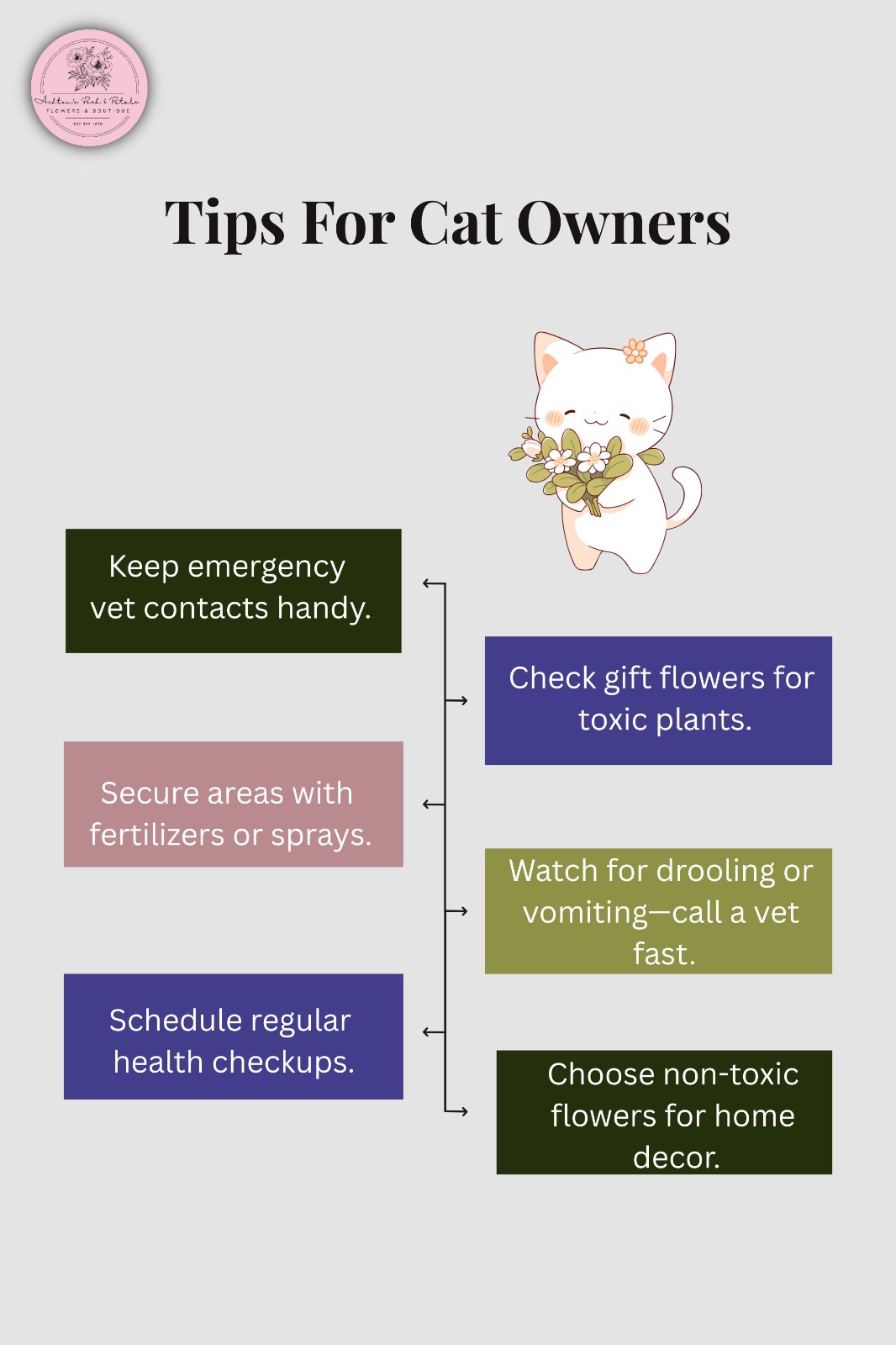
One of the best ways to protect your cat is through awareness. Here are some practical tips that you can use to prevent your cats from harm. Let's understand how to deal with these situations:
- Always have emergency contact numbers for your local pets and animals if they have eaten any poisonous substances. This way, you will definitely access the helpline.
- If you receive some beautiful flowers as a gift, check them carefully and remove the risky plants from them.
- If you use plant fertilizers or insect sprays, make sure to secure the area with wires so your pets and cats can't reach them.
- Always look for your cat's behavior if it starts showing drooling or vomiting, then quickly higher a doctor to treat your cat.
- Regular checkups are very helpful because you will definitely my year the safety of cats.
- Be careful while purchasing a new bucket of flowers for your home decor or other purposes. Always check first what flowers you are purchasing, and whether they are toxic to cats or not.
Note: Read the instructions carefully and learn about poison plants to cure your animals and pets.
Final thoughts
Cats feel the cells comfortable in nature and sniff everything around them. This habit of sniffing can be dangerous for them when it comes to toxic flowers. Many plants that look beautiful but harm animals secretly. We have mentioned the detailed guide to toxic plants mentioned above.
By learning about dangers, we can create a friendly home with cats. This guy is very helpful for those who are pet lovers and don't want to let their pets in pain. Prevention is better than a cure. Always use safe plants what your cat's behavior, and analyze the problem to resolve. A safe environment helps your cat to stay healthy and playful.
FAQs
1. Can a cat get poisoned just by smelling a flower?
Usually, cats need to chew or lick a plant to be poisoned. But in the case of lilies, even brushing against pollen and licking it off later can be deadly. So yes, some plants can cause poisoning without direct eating.
2. What should I do if my cat eats a plant but looks fine?
Even if your cat looks normal, you should still call your vet. Some plant toxins take hours or days to show effects, especially those affecting the kidneys or liver. Don’t wait for symptoms to appear.
3. Are dried or artificial flowers safe for cats?
Dried flowers can still have leftover toxins, especially if they were once poisonous plants. Artificial flowers are generally safer, but make sure your cat doesn’t chew or swallow plastic or silk pieces.
4. Can I have lilies if I keep them outside and my cat stays indoors?
It’s still risky. Pollen from lilies can travel through the air or stick to clothes and be carried inside. The safest choice is to avoid lilies altogether if you have cats.
5. What is the safest way to decorate my home with plants?
Use non-toxic plants, keep them in hanging baskets, and supervise your cat. Clean fallen petals daily and never keep toxic flowers in rooms where your cat plays or sleeps.
